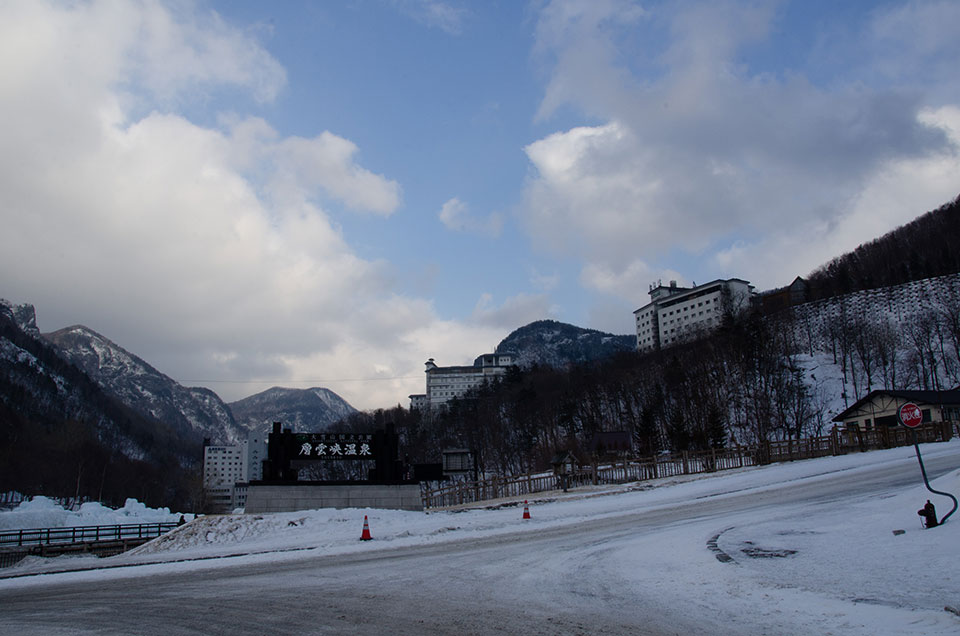“Can I drive in Hokkaido during winter?”
You might come across questions like the above on X or TripAdvisor. The answer depends on where you plan to go. Winter driving in Hokkaido can be nerve-wracking and challenging, even for local drivers.
Typically, there is more snow on the Japan Sea side compared to the Pacific Ocean side. The eastern parts of Hokkaido also experience colder temperatures than the west.
Driving is particularly hazardous at the beginning and end of winter, or right after snowfall. Roads can become extremely icy and slippery, a condition locals gradually adapt to over time. Sudden heavy snowfalls can make driving too difficult even for seasoned drivers, leading to numerous traffic accidents overnight.
Here are some key points to consider:
1. **Bridges**: Driving on icy and slippery bridges is dangerous, especially at night when many accidents occur.
2. **Tunnels**: Exercise caution at tunnel entrances and exits, which are often icy and slippery. Fatal accidents frequently happen here. Pay special attention to the Kamuikotan tunnel on Route 12 from Asahikawa to Fukagawa, where the exit curves slightly and has a reverse banked slope, known for fatal accidents annually.
3. **Icy Roads**: Roads without visible snow can be deceivingly icy. It’s safer to drive on roads with moderate snow coverage.
4. **Mountain Passes**: Descending a pass is often more challenging than ascending it. Don’t let your guard down when you reach the summit, as the downhill slopes can be intimidating. This holds true even if your vehicle has 4WD, AWD, or FF (front-wheel drive).
Driving in Hokkaido during winter demands extra caution and preparedness due to the severe weather conditions.


